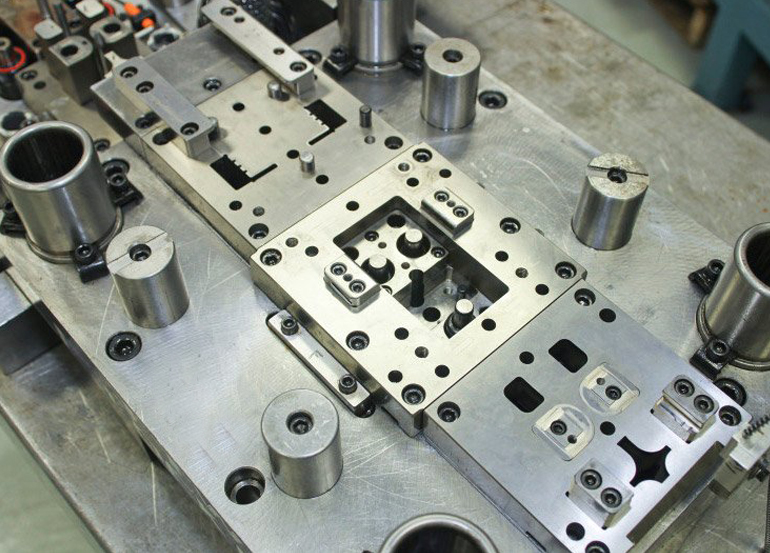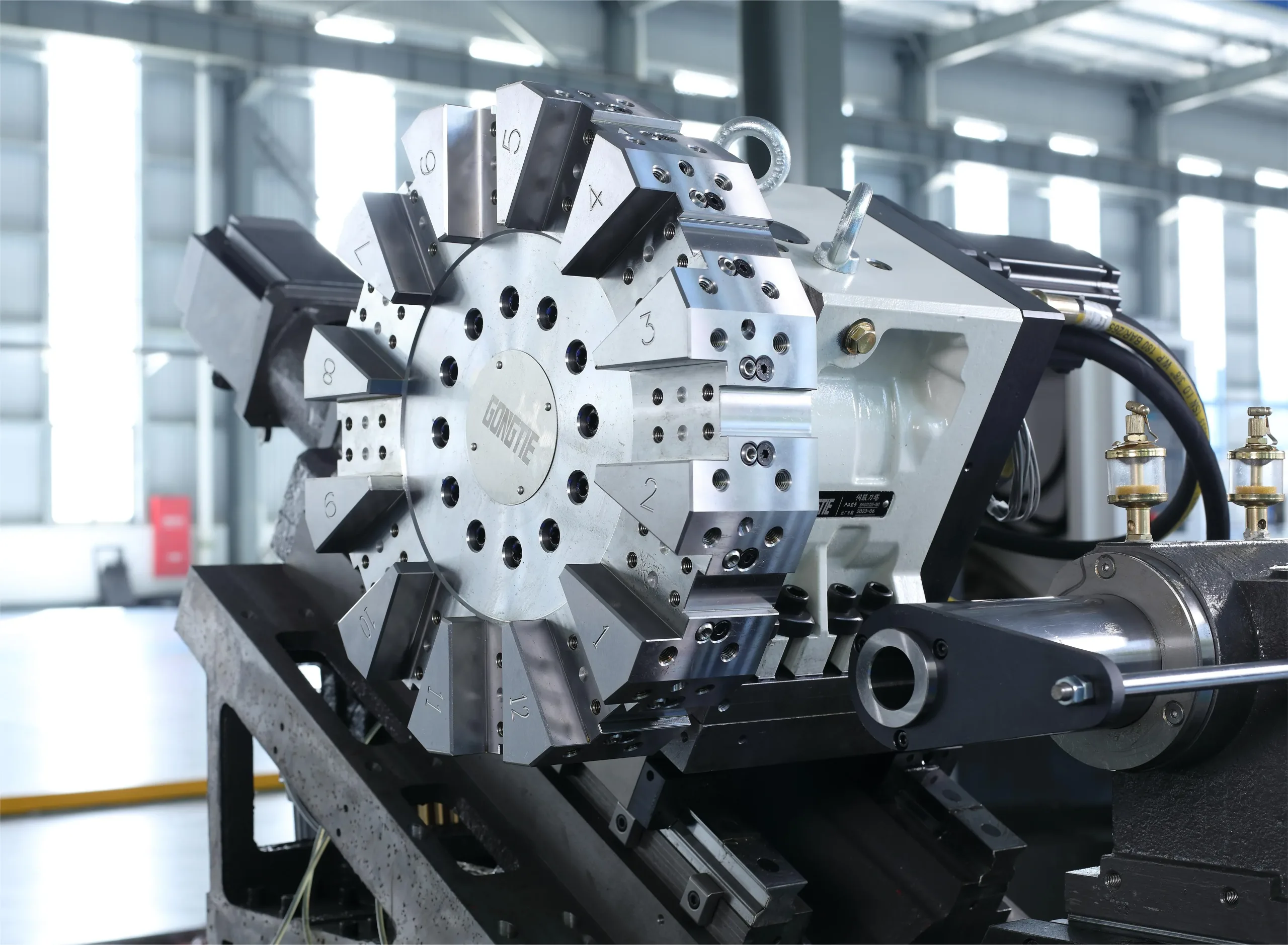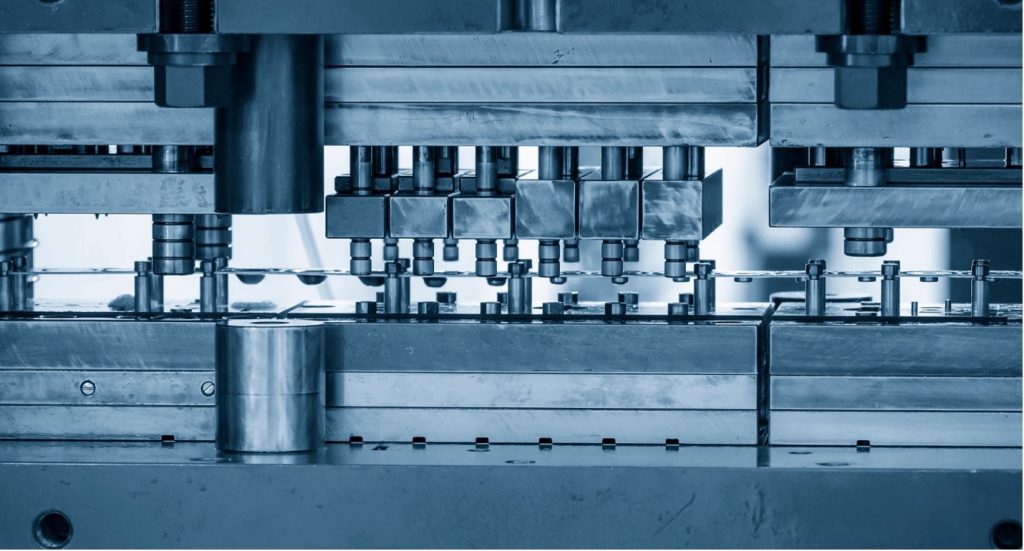In high-volume sheet metal manufacturing, efficiency is critical. Progressive dies are a great way to increase efficiency. This specialized die system completes multiple stamping operations in a single stroke of the press. As the metal strip passes through the die, each station performs a specific task—bending, punching, coining—until the final part is fully formed and ejected. This continuous operation enables high-speed, repeatable production with minimal labour. Compared to other die methods, progressive die systems significantly increase production while maintaining precise tolerances. For industries such as automotive, aerospace, or consumer electronics, this consistency and speed determine profitability.
Unmatched Efficiency in High-Volume Manufacturing
Progressive dies are engineered for speed. Once set up, they can run continuously with minimal intervention. Because each press stroke produces a finished part, cycle times shrink dramatically. When projects demand hundreds of thousands—or even millions—of units, this advantage becomes a cornerstone of operational success.
Additionally, the material strip moves in a predictable pattern through the die, reducing misfeeds and waste. The integrated nature of each operation also means there’s no need to transfer parts between machines, further cutting handling time. When combined, these factors result in lower production costs per unit, making high-volume projects more cost-effective.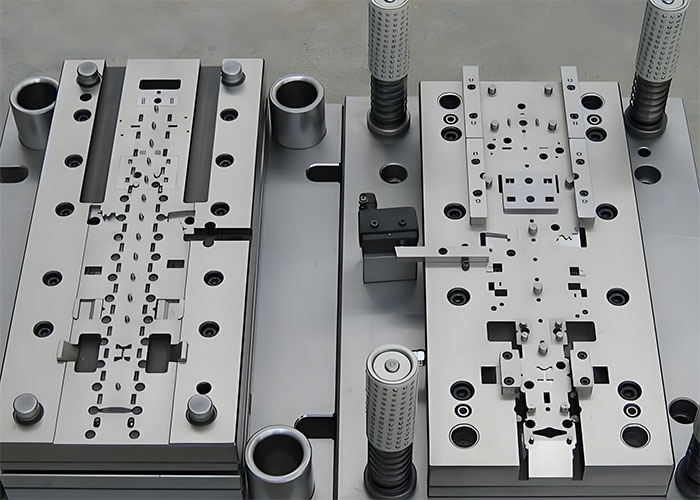
Consistent Quality and Dimensional Precision
One of the top benefits of using a Progressive Die system is its ability to deliver tight tolerances across thousands of parts. Each station within the die performs a fixed function, reducing variability. Once the tooling is set, operators can expect uniform output for extended production runs.
Because there’s minimal human interference between stages, there’s less opportunity for dimensional drift or part deformation. This is especially important in industries where reliability and repeatability matter most. Products such as electrical connectors, automotive brackets, and small enclosures benefit significantly from this level of precision.
Streamlined Material Usage and Reduced Waste
Progressive die systems also offer improved material utilization. Engineers design the die layout to nest parts closely together, minimizing scrap. In high-volume manufacturing, even a small percentage of material savings can translate into massive cost reductions over time.
Moreover, the coil-fed system feeds raw material through the die in a continuous strip, eliminating the need for individual blanks. This setup not only conserves material but also simplifies inventory and logistics. In short, progressive dies maximize every inch of material, aligning with both economic and sustainability goals.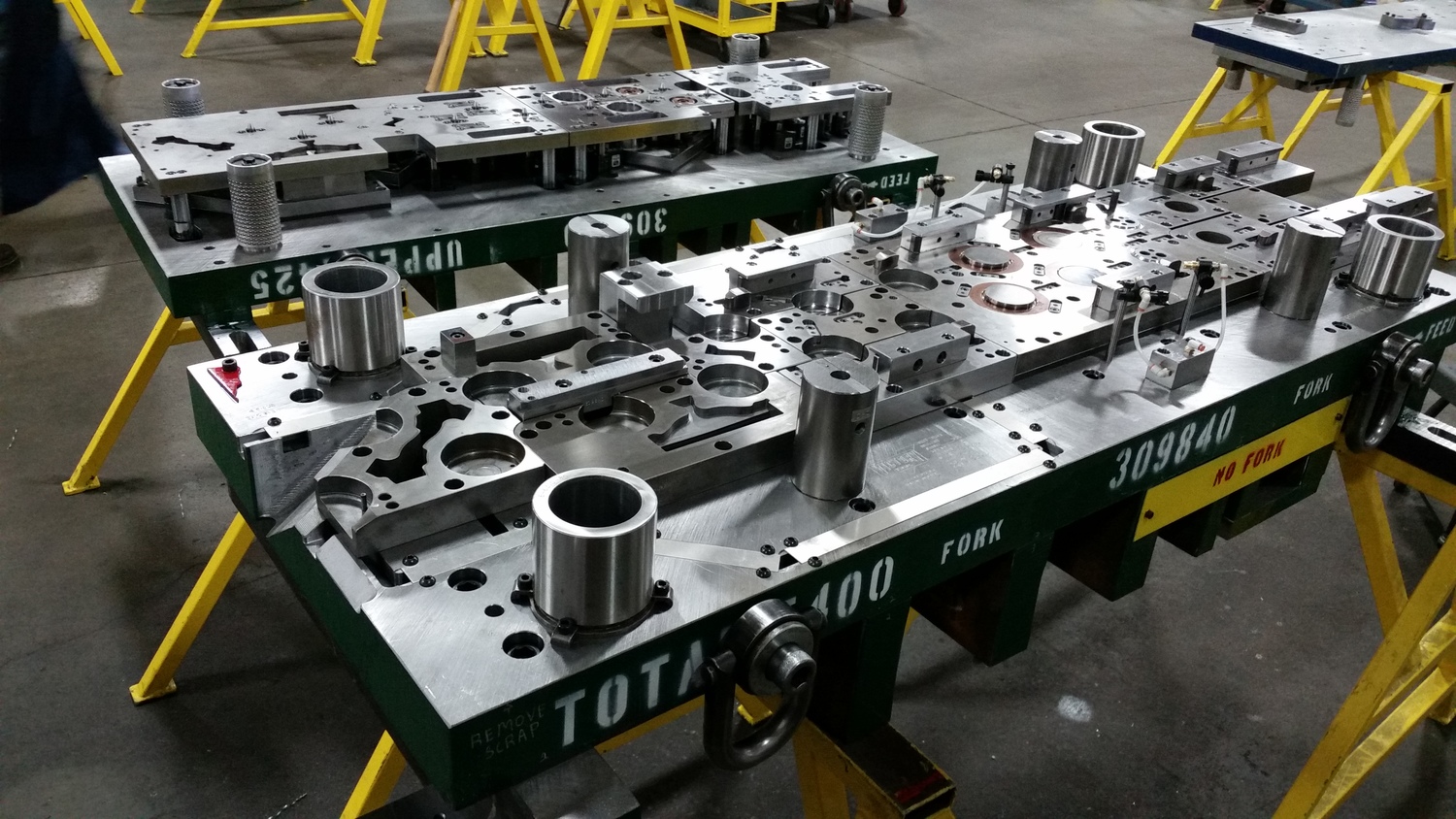
Versatility Across Complex Geometries
Despite the high-speed nature of the process, Progressive Die systems are highly adaptable to intricate part geometries. Multiple forming stages allow for gradual shaping, reducing stress on the material and preventing cracking or distortion.
Engineers can design dies with complex features like extrusions, countersinks, or embossing—all integrated into the progressive sequence. This versatility means that even parts with demanding specs can be mass-produced with high fidelity. For industries innovating on form and function, this level of flexibility is a significant asset.
Lower Labour Requirements, Higher Productivity
Once installed and dialled in, progressive dies require minimal manual oversight. A single operator can often manage an entire press line, especially when paired with automated feeding systems. This efficiency drastically reduces labour costs per part.
In addition, because all operations are combined into one die, there’s less room for human error. Fewer touchpoints lead to fewer defects and lower rework rates. For high-volume projects, these labour and quality benefits significantly impact bottom-line performance.
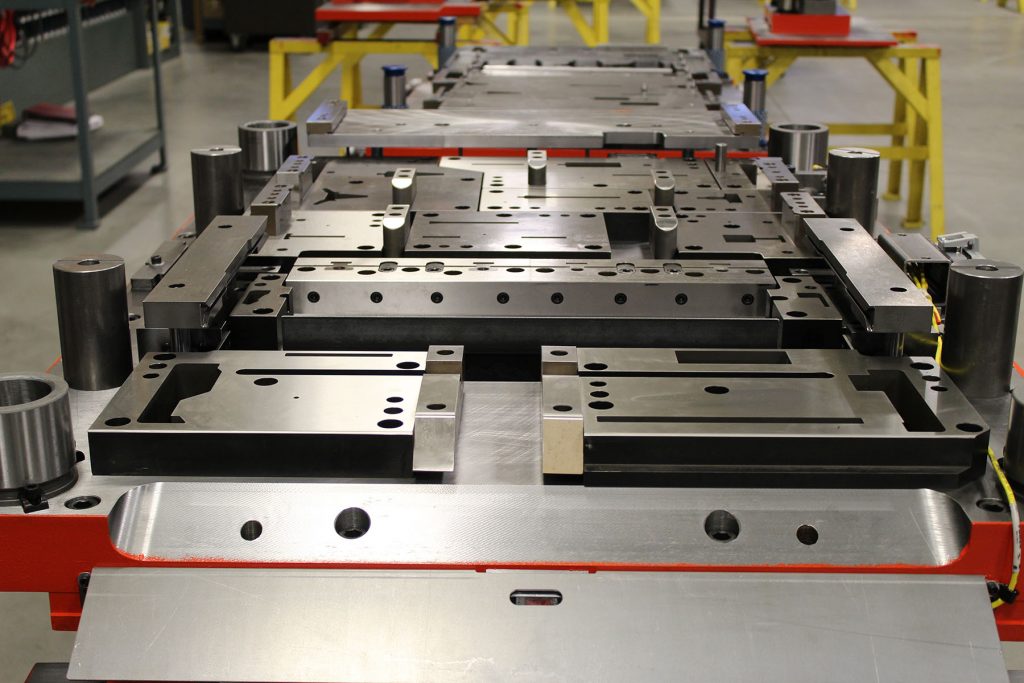
Extended Tooling Life and Lower Maintenance
Well-engineered Progressive Dies systems are built for longevity. With proper maintenance, these tools can run millions of cycles before needing replacement. High-grade tool steel, advanced coatings, and precision machining contribute to their extended lifespan.
Moreover, because all stamping stages are integrated into a single setup, there’s less wear and tear from part handling. Maintenance schedules can be optimised, and downtime minimised, making these tools ideal for continuous production environments. For companies looking to scale without frequent tooling changes, this reliability is crucial.
Progressive Die is the wise choice for high-volume sheet metal projects
When the goal is high output, tight tolerances, and lean production, the Progressive Die proves itself time and again. It offers manufacturers the ability to scale operations without sacrificing quality or efficiency. By combining multiple processes into a seamless workflow, this tooling system streamlines production and amplifies profitability.

